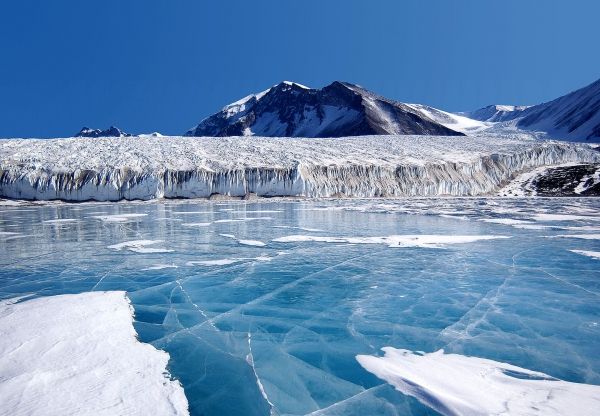For example, the episodic warming of the tropical Pacific during El Niño events causes melt of sea ice in far-reaching parts of the Southern Ocean via its effect on the global atmospheric circulation. A new study, by an international team including University of Hawaiʻi at Mānoa Assistant Professor Malte Stuecker from the Department of Oceanography and International Pacific Research Center, published in Science Advances demonstrates that the opposite pathway exists as well.
Using a hierarchy of climate model simulations, the authors demonstrate the physical pathways through which polar climate variations can affect the trade winds in the tropics.
“Climate signals can propagate from the polar regions to the tropics either via the atmosphere or the ocean,” explained Stuecker. “Our climate model simulations were designed to investigate the relative role of these pathways and whether their importance differs for perturbations originating from the North pole or the South pole.”
Continue reading at University of Hawaiʻi at Mānoa
Image via University of Hawaiʻi at Mānoa


